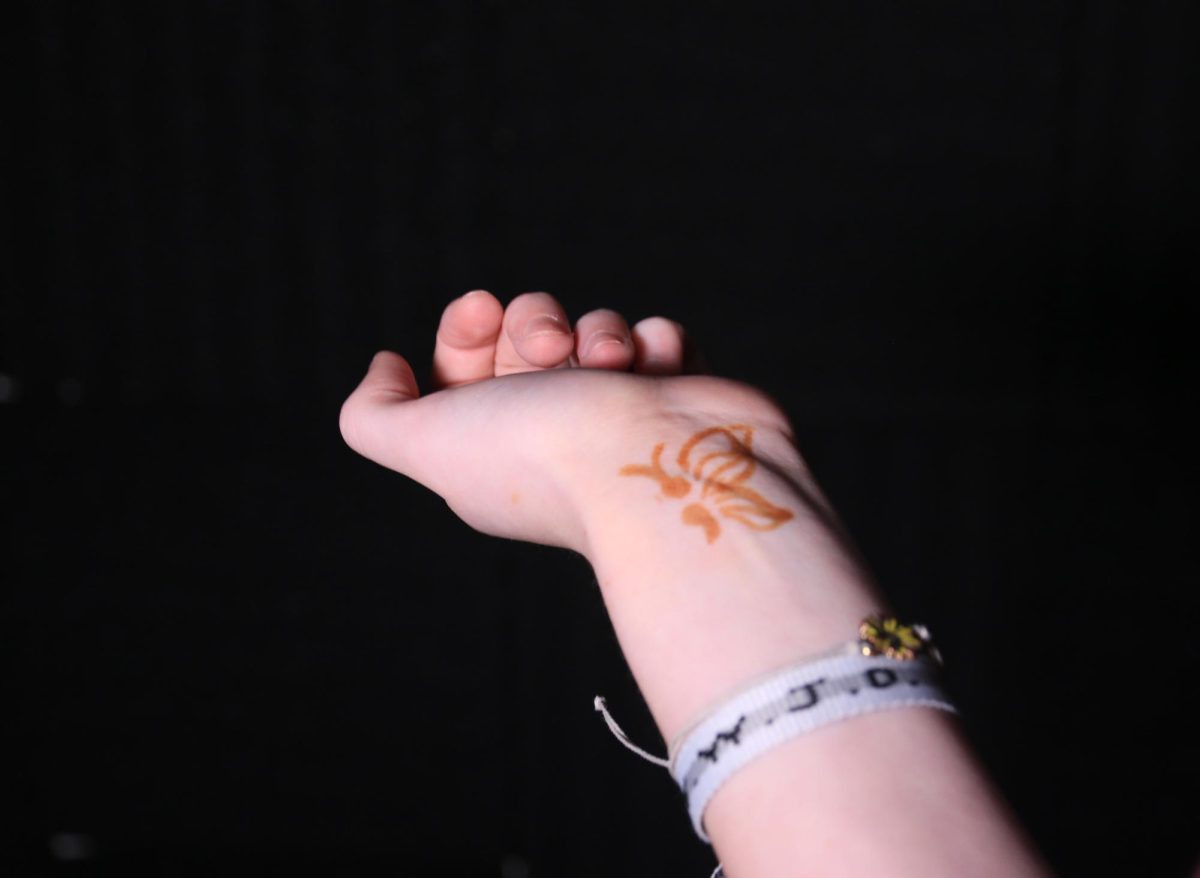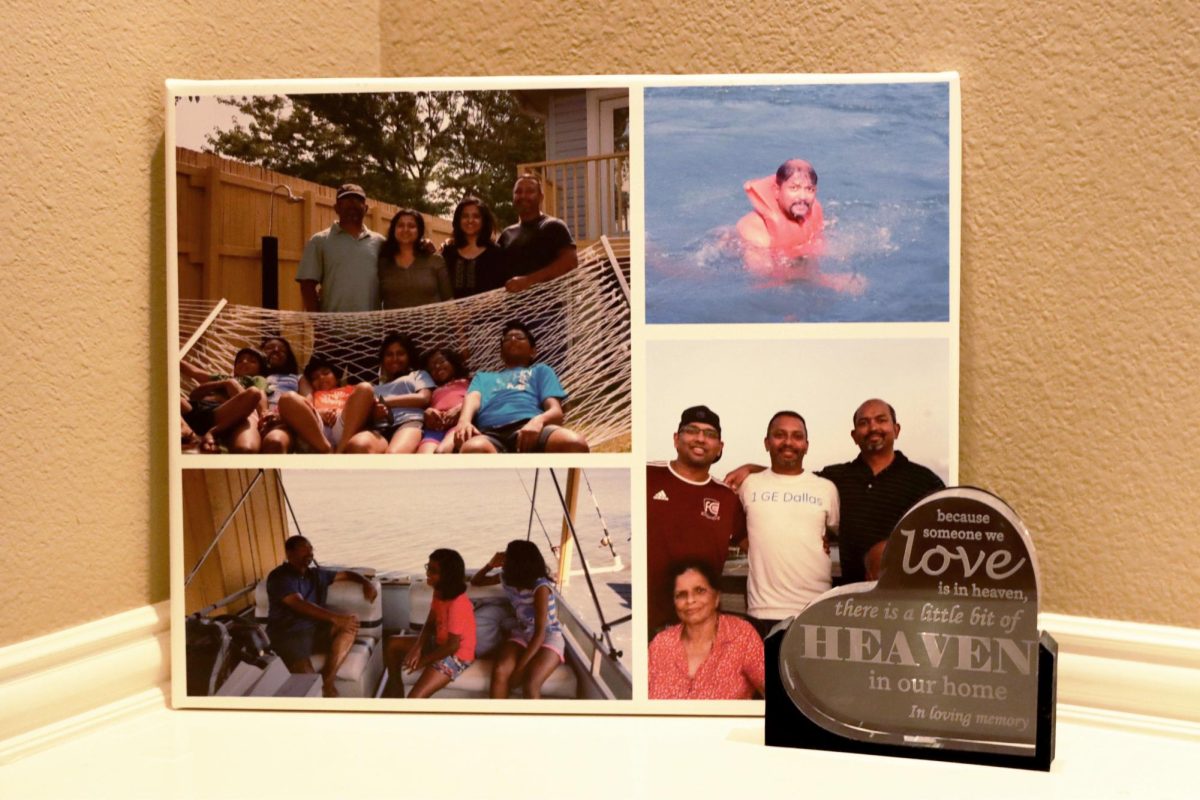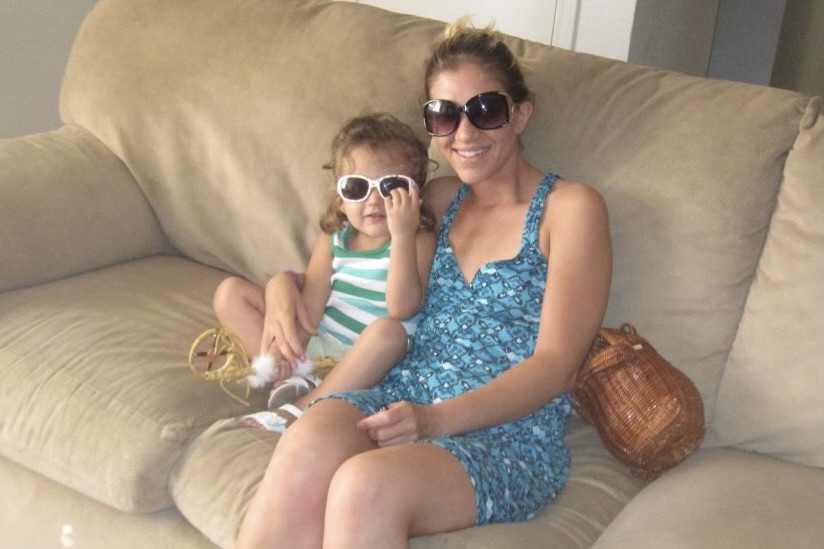Editor’s note: This article discusses self-harm. If you or someone you know is struggling with similar things, call the Suicide and Crisis Lifeline at 988.
Self injury: defined as when someone harms themselves intentionally.
That’s the rather simple definition that has come to my mind for the majority of my life. However, as I’ve gotten older, I’ve begun to see what it really means.
Throughout my 11 years of education, I have been faced with many suicide prevention and mental health lessons, yet none have gone in-depth on what self injury really is. Not being educated on something doesn’t mean it isn’t happening, and it definitely doesn’t mean it’s something we shouldn’t be talking about.
Around 17% of all people will self-harm at some point in their life — 17% too many. Self-harm is preventable, but in order for it to be prevented, it needs to be addressed. The average age that one starts to self harm is 13 years old. With the varying physical, mental and social changes that one faces in their teenage years, it is common to have new stressors and expectations. The No.1 reported stressor for teenagers is school.
There are quite a few signs of self-harm: scars, fresh wounds, excessive bandages, keeping sharp objects on hand and talk of hopelessness. There are also many forms of self-harming. The most common form seen in teenagers is cutting, while other methods can be burning themselves and hitting themselves. However, self-harm isn’t just defined as physically hurting yourself, but it can also be in the form of misusing substances, over or under eating, self-isolating or intentionally getting in dangerous situations.
Self-harm is often used to temporarily reduce stress or anxiety to provide a sense of relief. With self injury already being risky at a “minor” level, there are other possible complications that come with it, such as infections from fresh wounds, developing eating disorders and addiction and severe injury that could lead to death and permanent disfigurement to ones’ body. The intent of self-harm is often seen as different from suicide, but unintentional deaths caused by self-harm still happen.
Self-harm must be destigmatized; people we love in our lives could be fighting these battles every day in secret. Talking to friends and family and checking up on others goes a long way, potentially saving a life.
If you’re in a similar situation, there are ways to get help. The butterfly project is a social movement that encourages drawing butterflies where you feel compelled to self-harm and naming the butterfly after someone you love as a way to reduce self-harm.
Opening up to someone about what you’re struggling with can help you feel less alone. It’s important to find someone you trust, because the person you open up to plays a huge role in your experience. There won’t ever be a “perfect” time or place for this conversation, so it’s important not to put it off in hopes of finding one. It’s completely up to you how and when you tell someone; it’s your journey. Though saying that first sentence can be difficult, it’s crucial to be honest so you can get the support you need.
No one wants to be fighting these battles, but life throws us in places where it’s hard not to. This sentiment makes it important that we fight these battles together. Self-harm is a constant, strenuous battle that no one should have to deal with alone.









